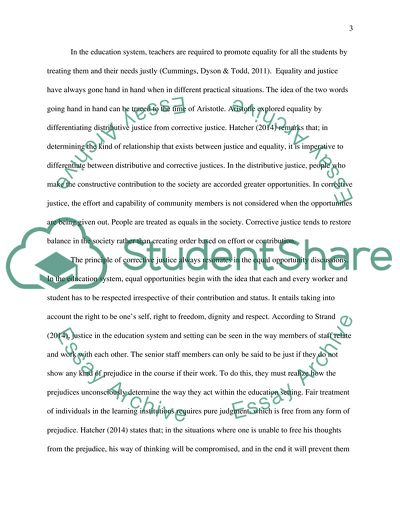Cite this document
(Can Equal Opportunities Exist within Schools Literature review Example | Topics and Well Written Essays - 2000 words, n.d.)
Can Equal Opportunities Exist within Schools Literature review Example | Topics and Well Written Essays - 2000 words. https://studentshare.org/education/1880462-can-equal-opportunities-exist-within-schools
Can Equal Opportunities Exist within Schools Literature review Example | Topics and Well Written Essays - 2000 words. https://studentshare.org/education/1880462-can-equal-opportunities-exist-within-schools
(Can Equal Opportunities Exist Within Schools Literature Review Example | Topics and Well Written Essays - 2000 Words)
Can Equal Opportunities Exist Within Schools Literature Review Example | Topics and Well Written Essays - 2000 Words. https://studentshare.org/education/1880462-can-equal-opportunities-exist-within-schools.
Can Equal Opportunities Exist Within Schools Literature Review Example | Topics and Well Written Essays - 2000 Words. https://studentshare.org/education/1880462-can-equal-opportunities-exist-within-schools.
“Can Equal Opportunities Exist Within Schools Literature Review Example | Topics and Well Written Essays - 2000 Words”. https://studentshare.org/education/1880462-can-equal-opportunities-exist-within-schools.


